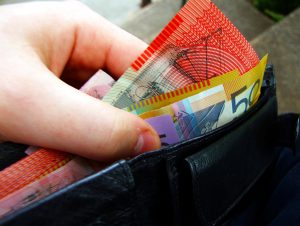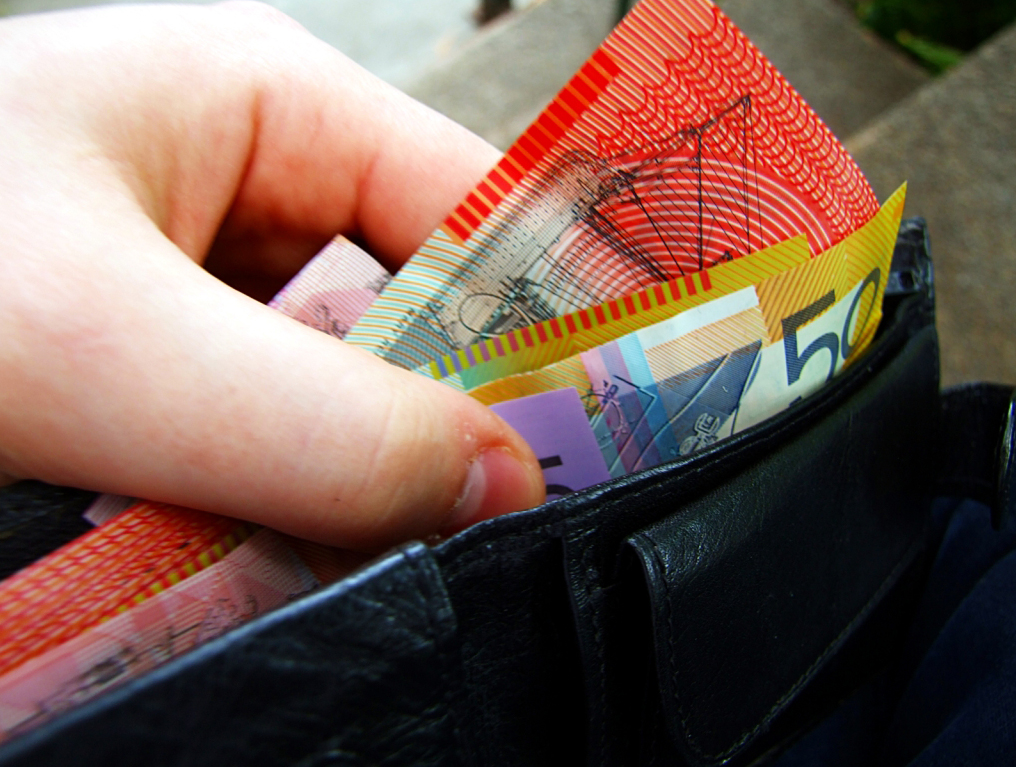
Here’s the kind of article that we’ve been asking for since March… looking at the infectivity of SARS-CoV-2 on various surfaces (including paper money) under various conditions. I was excited when I saw the title and some of the media buzz about this paper. But then I looked a bit deeper. So “The effect of temperature on persistence of SARS-CoV-2 on common surfaces” take place in a lab which is fine (I saw some complaints about this online). But all of these experiments were done in the dark in order to minimize the confounding factor of UV exposure. Except that’s a really relevant factor! Something like a piece of glass, a doorknob, or money is highly unlikely to be keep in the dark for extended periods of time where the virus could be transmitted from one person to another.
I still think this is important work and would like to see more in this vein. But I’d like to see it done under more realistic conditions and also to see some discussion as to how these (quite high) viral titers correspond to a real world patient shedding virus. I do like the various temperatures tested here which support previous work showing that this virus is inactivated at high temperatures.
Abstract below:
Background
The rate at which COVID-19 has spread throughout the globe has been alarming. While the role of fomite transmission is not yet fully understood, precise data on the environmental stability of SARS-CoV-2 is required to determine the risks of fomite transmission from contaminated surfaces.
Methods
This study measured the survival rates of infectious SARS-CoV-2, suspended in a standard ASTM E2197 matrix, on several common surface types. All experiments were carried out in the dark, to negate any effects of UV light. Inoculated surfaces were incubated at 20 °C, 30 °C and 40 °C and sampled at various time points.
Results
Survival rates of SARS-CoV-2 were determined at different temperatures and D-values, Z-values and half-life were calculated. We obtained half lives of between 1.7 and 2.7 days at 20 °C, reducing to a few hours when temperature was elevated to 40 °C. With initial viral loads broadly equivalent to the highest titres excreted by infectious patients, viable virus was isolated for up to 28 days at 20 °C from common surfaces such as glass, stainless steel and both paper and polymer banknotes. Conversely, infectious virus survived less than 24 h at 40 °C on some surfaces.
Conclusion
These findings demonstrate SARS-CoV-2 can remain infectious for significantly longer time periods than generally considered possible. These results could be used to inform improved risk mitigation procedures to prevent the fomite spread of COVID-19.

Thanks for writing this one up David! I can’t imagine how difficult it would be to do BSL3/4 level work in the dark to avoid the UV impact. I would love to hear how the authors made that happen. It is interesting that this seems to be the only follow up study since van Doremalen et al (1), is that correct? Has anyone found another? it is nice to have this, despite the real-world limitation of 0 UV. We can start to piece this together with other data about UV inactivation and build from it.
(1) van Doremalen N, Bushmaker T, Morris DH, Holbrook MG, Gamble A, Williamson BN, Tamin A, Harcourt JL, Thornburg NJ, Gerber SI, Lloyd-Smith JO, de Wit E, Munster VJ. 2020. Aerosol and surface stability of SARS-CoV-2 as compared with SARS-CoV-1. N Engl J Med doi:10.1056/NEJMc2004973.
Also:
Kasloff SB, Strong JE, Funk D, Cutts TA. Stability of SARS-CoV-2 on critical personal protective equipment. medRxiv. 2020;2020.06.11.20128884.
Chin AWH, Chu JTS, Perera MRA, Hui KPY, Yen H-L, Chan MCW, et al. Stability of SARS-CoV-2 in different environmental conditions. Lancet Microbe. 2020;1(1):e10.
But that’s still not much!